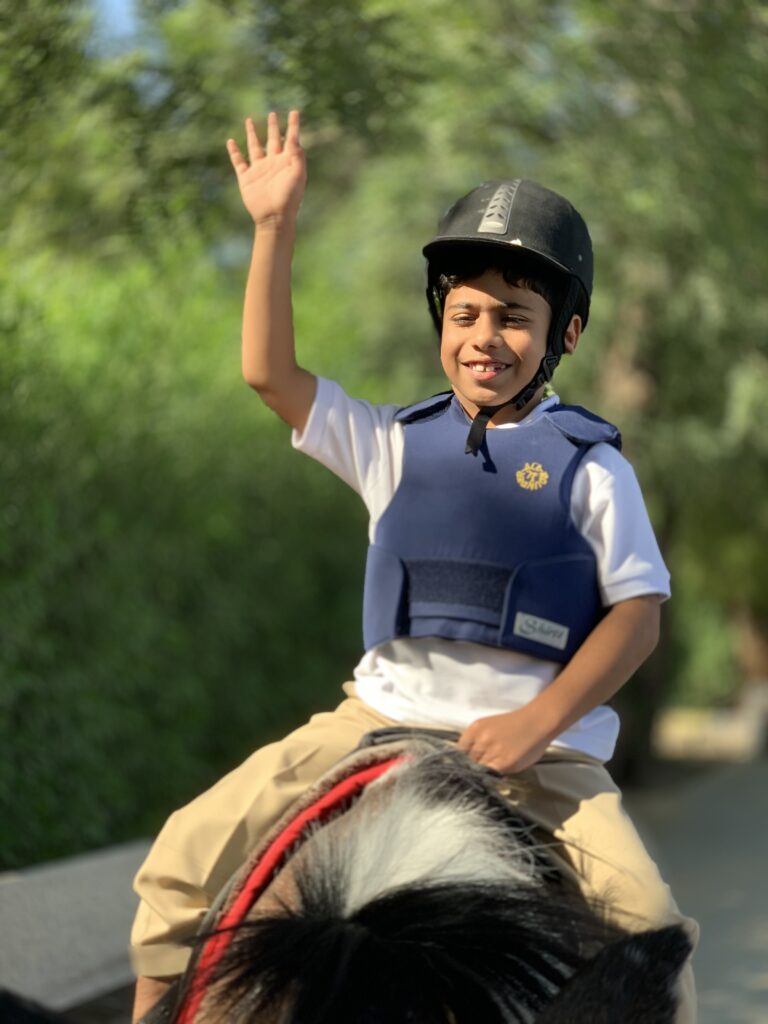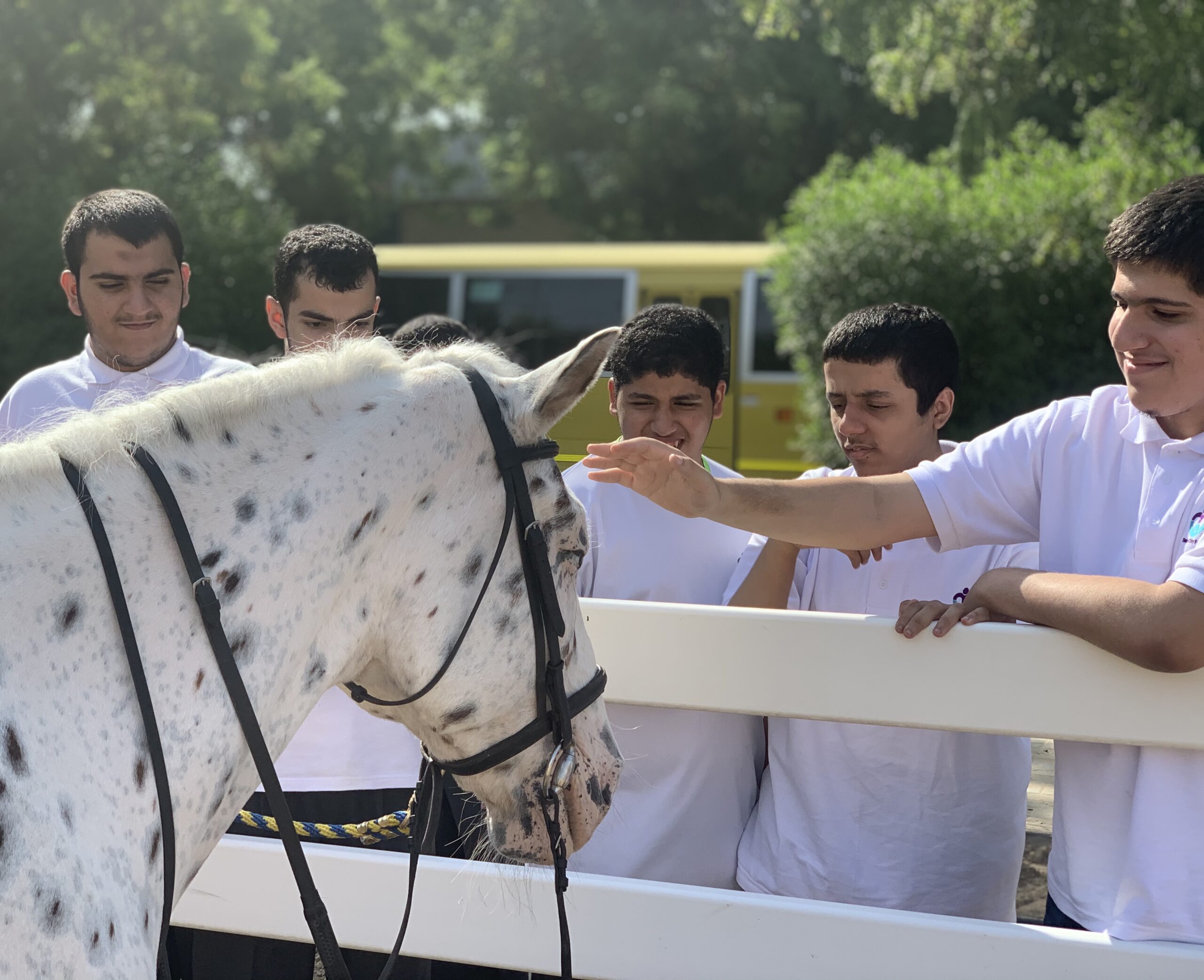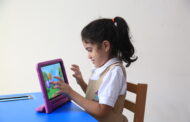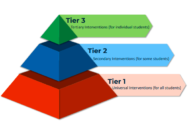By Dr Ali Saber Mohamed
Children with Autism Spectrum Disorder have social communication and stereotyped behaviors, but they also experience motor delays and motor skills abnormalities. Bhat et al reported a motor delay of 3-6 months in young children with ASD. Liu 2013, recorded lower scores when testing children with ASD aged 3-16 years for gross and fine motor skills. Morris 2015, suggested that patients with ASD have a whole range of subtle motor control deficits , that includes postural instability among other deficits. Oster 2022, found 80% of children with ASD testing abnormal for balance and vestibular function.
Read also: Horseback Riding as Autism Therapy
Considering those findings of motor deficits, in addition to core autism symptoms, current intervention strategies in therapeutic trials for ASD include :- speech and language, behavioral, physical and occupational therapy, art and music therapy, swimming, sports, and animal assisted activities.
One of the widely applied animal assisted activities , are Equine- Assisted Activities and Therapies ( EAAT), which include:-
– Therapeutic Horseback Riding (THR)
– Hippo therapy (HPOT)
– Psycho educational Horseback Riding (PER)
Horseback riding gives children opportunity to practice motor and social skills and explore environment. Also, social behaviors increase in children with autism in the presence of animals. Horseback riding is a means to reach recommended physical activity levels and is associated with greater physical and mental wellbeing when compared with non-pet owning people ( Marguerite O, (2013).

Read also: Martial arts as autism treatment – Karate
Harris and Williams (2017) summarized the benefits of selecting horses for use in animal- assisted interventions for autism spectrum disorder :-
1- Horses are well-suited to reduce anxiety in children with ASD as they typically have calm temperaments and slower steadier movements.
2- Horses are less likely to move in a rapid unpredictable way, which children with ASD dislike.
3- Horses move to a rocking rhythm that can be calming.
4- Horses are responsive to their rider’s subtle movements and cues, so the rider needs awareness and control of his own body movements in order to interact with the horse.
Temple Grandin (2005), an accomplished adult with ASD, asserts that a key element of horseback riding that helped her to decrease anxiety-related feelings and behaviors involves the reciprocal/joint attention relationship, or team work between the rider and the horse, e.g moving in sync with the horse’s body and the horse’s intuitive sensitivity and responsiveness to the rider.
Sudha (2018) reported other hypotheses that explain the effects of horseback riding on persons with autism; riding and working together with the horse to engage in therapeutic activities involves a nonverbal joint attention or shared attention experience that serve for improving behaviors and social communication skills, human – equine experience and rhythmic movement of riding the horse promotes a relaxing context, which have a calming effect on children with ASD.
Among studies on the subject, Zhao(2021) found after 16 weeks of intervention that a therapeutic horseback riding program (THR) significantly enhanced the sub domains of social and communication skills in the areas of social interaction, responsibility, and self-control.
In Gabriel’s (2015) study, the therapeutic horseback riding intervention lead to improvement on measures of irritability, hyperactivity, social cognition and social communication, along with spoken new words and number of words. To explain this effect, studies have cited reductions in stress hormone levels ( i.e cortisol )in children , this leads to reduction of stress-related maladaptive behaviors ( Pendry P , 2014 ).
In conclusion, horseback riding, among other equine-assisted activities have beneficial effects for children and adolescents with ASD.
References
1- Sudha M Srinivasan et al (2018). Effects of equine therapy on individuals with ASD: a systematic review. Rev J Autism Dev Disord , 2018;5(2):156-175
2- Gabriele S et al (2021). Recreational horseback riding and its association with physical, mental, and social wellbeing and perceived health. Anthrozoos, 2021;34(5)
3- Gabriel’s RL et al (2015). Randomized controlled trial of therapeutic horseback riding in children and adolescents with ASD. J Am Acad Child Adolesc Psychiatry, 2015;54(7):541-9
4- Pendry P et al (2014). Randomized trial effects of equine facilitated learning on adolescent basal cortical levels. Human-Animal Interaction Bulletin, 2014;2(1):80-95
5- Marguerite O et al (2013). Social behaviors increase in children with autism in the presence of animals compared to toys. PlosONE,2013;8:e57010
6- Bhat A et al (2012). Relation between early motor delay and later communication delay in infants at risk for autism. Infant Behavior and Development , 2012;35(4):838-846
7- Liu T and Breslin CM (2013). Fine and gross motor performance of the MABC-2 by children with ASD and typically developing children. Research in Autism Spectrum Disorders,2013;7(10):1244-1249
8- Morris SL et al (2015). Differences in the use of vision and proprioception for postural control in ASD. Neuroscience, 2015;307:273-280
9- Oster LM and Zhou G(2022). Balance and vestibular deficits in pediatric patients with ASD: an underappreciated clinical aspect. Autism research and treatment , 2022
10- Harris A and Williams JM (2017). The impact of horse-riding intervention on the social functioning of children with ASD. Int J Environ Res Public Health,2017;14(7):776
11- Temple Grandin , Johnson C (2005). Animals in translation. New York: Simon and Schuster;2005. P.6
12- Zhao M et al(2021). Effects of a therapeutic horseback riding program on social interaction and communication in children with autism. Int J Environ Res Public Health,2021;18(5):2656
13- Mariam Essa and Rehab Hassan (2018). The effect of therapeutic horseback riding on sensory processing of children with autism. Eur Sci J,2018;14(15):364
أخصائى الأمراض النفسية والعصبية بمستشفى آل سليمان وشركة كهرباء مصر
طبيب جمعية ومركز التأهيل الشامل للمعاقين بمحافظة بورسعيد
مستشار إعاقات الطفولة لجمعية نور الرحمن
صاحب مدونة ( إطلالة على التوحد ),
كاتب ومؤلف بمجلة وكتاب المنال الصادر عن مدينة الشارقة للخدمات الإنسانية
كاتب بمجلة أكاديمية التربية الخاصة السعودية
























